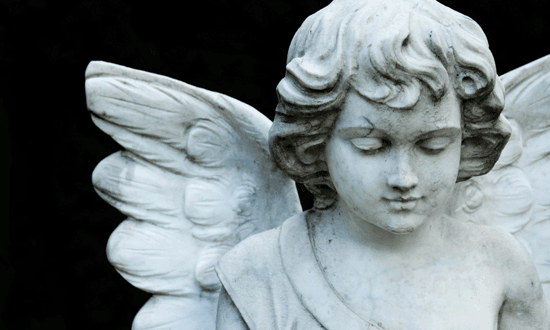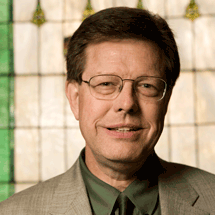
intersect, where the bible meets life
by Dr. Garnett Reid
Dr. Mary and the Cherubim
“Good morning, cherubs!”
That was how Miss Coling greeted her fourth-grade class at Clemmons School every morning. I had no idea what a “cherub” was back then, but I assumed was a good thing since we were such loveable kids! Since then, though, I’ve wondered if she was just speaking with her tongue firmly planted in her cheek.
At some point, I looked up the word and found that “cherub” had something to do with angels—which definitely did not fit me in the fourth grade—or with those chubby, round-faced winged kids flying around in old paintings, which I hoped did not fit me in fourth grade.
The Good Doctor’s Question
Fast-forward to a few months ago when my former teacher and good friend Dr. Mary Wisehart asked casually, “What do you think about the cherubim? Were they angels?” I have put off the answer long enough—far too long, actually. This response is much more brief than the subject merits, but it’ll have to do for now, Dr. Mary.
In short, yes, I suspect cherubim are among the angelic hosts, though they are never actually called “angels.” The word “cherubim” shows up 90 times in the Old Testament. It’s a Hebrew term, plural in form (so you shouldn’t say cherubims). Most uses occur in Exodus, 1 Kings, 2 Chronicles, and Ezekiel. The contexts in which they are used give us important clues to the significance of Cherubim.
Sentries in the Lord’s Presence
We find them first in Genesis 3:24 when God stationed them east of Eden, sentries guarding His glorious presence from human sin. Exodus 25 and 37 describe two golden cherubic forms overshadowing the dwelling presence of the Lord atop the mercy seat in the Most Holy Place. Later, descriptions of Solomon’s temple furnishings in 1 Kings and 2 Chronicles feature 15-foot tall cherubim within the inner sanctuary guarding the entrance, carved cherubim adorning the paneled walls and the bronze laver stands, and embroidered cherubim woven into the temple veil. Once more they stand guard before the great God.
Perhaps most revealing, however, is Ezekiel’s sighting of the cherubim as God’s glory departs Solomon’s temple (Ezekiel 10). In two important references (verses 15, 20) the prophet says that the cherubim were the four living creatures he saw in his vision of the wheels in chapter one. Once more, they accompany God’s presence or glory. On that particular occasion, He was accompanying His people to Babylon.
These four “living creatures” are likely the same ones John saw in Revelation 4:6-11. As with the cherubim in Ezekiel, these beings occupy themselves with God’s glory: “The four living creatures . . . day and night never cease to say, ‘Holy, holy, holy, is the Lord God Almighty....[T]he living creatures give glory and honor and thanks to him who is seated upon the throne...” (Revelation 4:8-9).
A Close-Up of Glory
Based on the clues in Scripture, it is a fair conclusion that all cherubim and seraphim are angels, but not all angels belong to those two groups. Angels do many things. Though they are created, and they worship the Lord and serve His people (Psalm 148:2; Luke 2:14; Hebrews 1:6, 14).
Cherubim, it would seem, perform a unique role in the praise gathering of the heavenly hosts in a world our eyes can’t yet see. They form an inner circle of exalted worship, witnessing as no other created beings in the universe the pure radiance of God’s presence. They have a front row view of His infinite perfections and ward off any impure intruder who might sully His beauty.
Because God displays His glory throughout the universe, every living being owes Him worship (Psalm 19:1; 150:6; Isaiah 48:11). In the realm of spirit, a world we rarely glimpse—and even then dimly—living creatures of the highest order adore Him and attend His presence with supreme praise.
Yet we know something of God’s glory they do not! We delight in that glory displayed in the arena of grace, seen in the face of Jesus Christ who has washed us in His own blood. We now live as redeemed beings to the praise of His glory, and not even the cherubim can make that claim.
Next Intersect: Matthew’s Christmas Déjà Vu reveals an Old Testament foreshadowing of the first Christmas.

Intersect (Where the Bible Meets Life) is a regular column of ONE Magazine featuring Dr. Garnett Reid, a member of the Bible faculty at Free Will Baptist Bible College.
|

